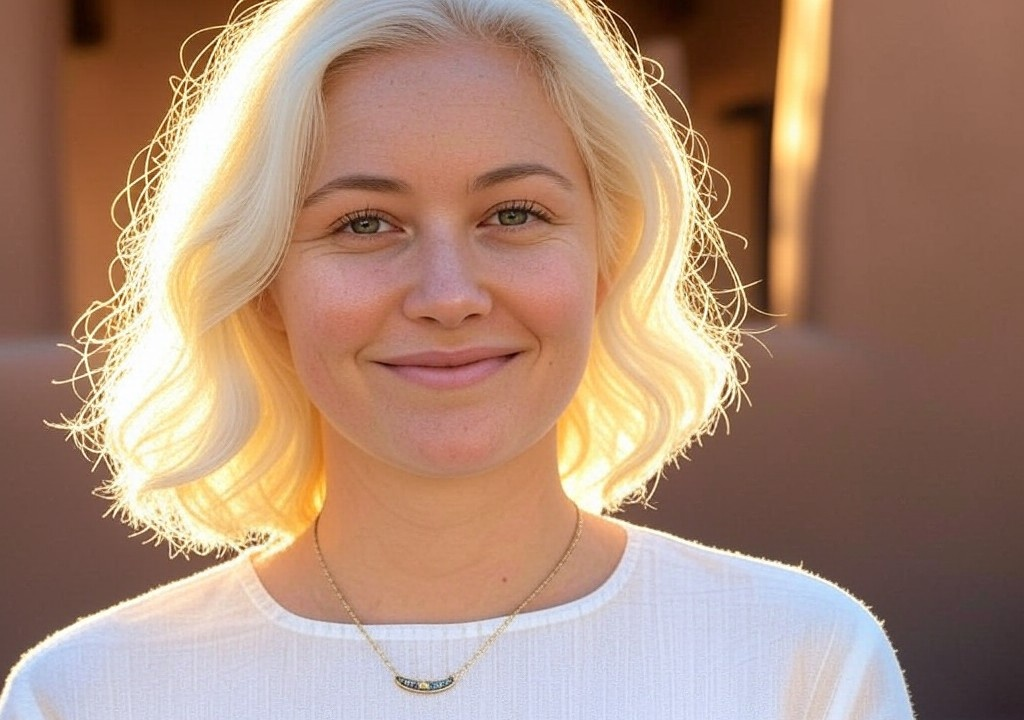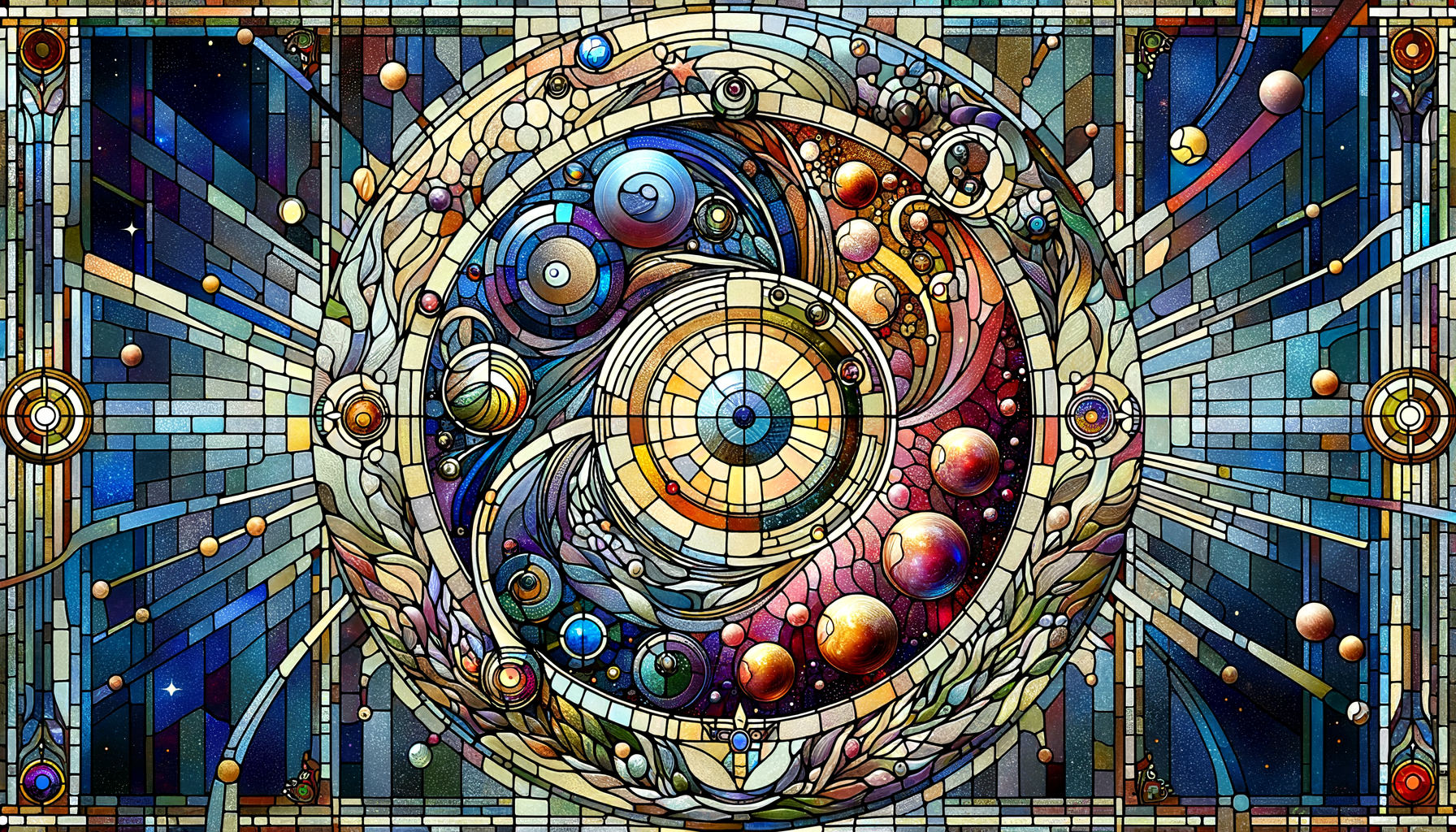It all started with a cactus. Not one of those adorable mini succulents people keep on their desks—I’m talking a gnarly, towering, emerald beast in the Santa Fe desert that looked more like a prop from a B-grade Western than a plant. I’d driven past it a dozen times on the way to my family’s gallery, always meaning to stop and take a picture, but who has time to pull over for a cactus? Then one afternoon, mid-errand, I decided to make the time. What was the rush, really?
I parked, grabbed my phone, and wandered over, quickly realizing that this was not a casual Instagram moment. There was something about the cactus—a shape in its arms, the way the light hit its spines—that got my brain humming. I posted the photos anyway, thinking nothing of it, until a ceramicist I admired commented, saying the shapes reminded her of one of her works. Soon after, I visited her studio, and that meeting eventually turned into an exhibition at my family’s gallery that drew collectors from as far away as Austin. All because I got curious about a cactus.
Curiosity has a talent for taking us places we didn’t know we wanted to go. It’s like slipping down a secret slide built into life’s playground—the thrill of not knowing where you’ll land. It’s also the superpower that can transform the way you approach relationships. Here’s how leaning into curiosity can change the way you connect with others (and maybe even yourself).
The Butterfly Effect of Asking “Why?”
Curiosity is nothing more than asking “why?” or “what if?” and being open to where the answer takes you. It’s childlike in the best way possible—because, spoiler, kids are basically curiosity machines.
Maybe this shows my age, but remember that movie You’ve Got Mail? Meg Ryan steps out of her bubble, flaunts curiosity, and—surprise—falls for Tom Hanks (after a few dramatic twists, of course). While the ‘90s rom-com version of curiosity seems quaint now in the era of love-emojis and DM slides, the principle still checks out. Asking a meaningful question—whether you’re six or sixty-six—is the ultimate icebreaker and bond-builder.
Next time you're on a first date, try skipping the standard-issue “What do you do for work?” and ask something unexpected, like, "What's a random memory from high school that still makes you laugh?" Watch how their face changes. You’re not gathering LinkedIn stats; you’re excavating humanity.
Be Curious About the Small Stuff
Curiosity doesn’t only lead to big, splashy adventures; often it’s in the details where it works its magic. When I first started dating the man I’d later marry, I noticed he spent an inordinate amount of time—like, an entire afternoon—researching the best way to brew iced coffee. Flavored simple syrup recipes? A spreadsheet comparison of cold-brew ratios? I thought it was borderline ridiculous. But instead of brushing it off, I got curious. What was it about coffee-making that sparked this intense enthusiasm?
Turns out, it wasn’t really about coffee at all. For him, it was about mastering small, everyday rituals. Understanding that opened a door for me to appreciate all the other quirky things he cared deeply about, some of which would have otherwise driven me crazy (read: his obsession with perfectly wrapping cords). Relationships grow richer when you get curious, not dismissive, about the little things that matter to the other person.
The Fear Factor (and Why It's Okay)
Sometimes curiosity feels scary. You worry about what happens if you ask yourself the big questions, press for answers in a relationship, or start exploring new emotions. It’s a little like opening the Pandora’s box of your feelings, isn’t it?
When I ended my first serious relationship, I was absolutely terrified of the "what ifs." What if I never found someone who understood my artsy soul? What if I'd burned through my emotional bandwidth for love? But then my curiosity poked its head up and nudged me: instead of asking "what if things go wrong?" I started to ask, "what else could go right?"
That tiny mind shift is how I ended up flying solo to a Flamenco performance at a small, tucked-away Santa Fe bar just to distract myself—and met one of my now closest friends. We bonded not just over our mutual awe of the dancer on stage but over our shared heartbreak stories. Fear is a fork in the road. If you follow curiosity instead of shrinking from it, you’ll find where the next path starts.
Three Curiosity Prompts to Spark Connection
To help you on your way, here are some ideas to practice curiosity, whether you’re dating, deep into a relationship, or exploring self-connection:
-
Change the Context: If you’ve been with your partner for a while and feel like you've “heard it all before,” try asking familiar questions in new settings. Instead of asking “How was work?” during dinner, bring it up on a sunset hike or sprawled out on a picnic blanket. The change of scene might pull out different answers.
-
Flip the Script: Ask unexpected follow-ups to normal questions. Someone mentions their favorite movie? Don’t stop at “Why do you like it?” Push further. “If you could rewrite the ending, what would you change?” You’ll be amazed at what this uncovers.
-
Curiosity Date With Yourself: Give yourself permission to be curious solo. Ever walked into a bookstore and picked up a book you’d never normally read, or said yes to a salsa class even though you have the rhythm of a broken metronome? Do it. Curiosity about yourself is just as critical as curiosity about others.
Conclusion: Staying Wonder-Full
I’ll leave you with this: Curiosity doesn’t guarantee tidy outcomes or grand romantic gestures—but that’s exactly why it’s worth it. Like standing in front of a lopsided cactus with nothing but your camera and a hunch that it matters, leaning into your curiosity will always lead to stories.
You might deepen your relationships. You might uncover parts of your own soul you haven’t met. Or you might just... discover an awesome new coffee recipe. Whatever unfolds, keep asking the questions. Life is far too short to spend it only knowing what you know.




















